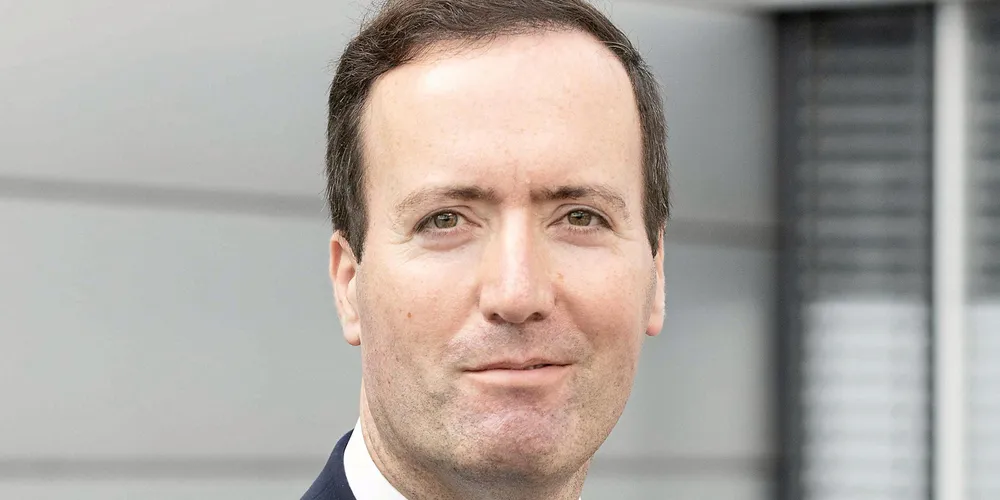'Clock is ticking' | Time for Europe to turn talk to action on green investment, says Mitsubishi chief
Continent risks looking like laggard behind US and Middle East, says Javier Cavada, who's confident that green H2 has a bright future

Continent risks looking like laggard behind US and Middle East, says Javier Cavada, who's confident that green H2 has a bright future
